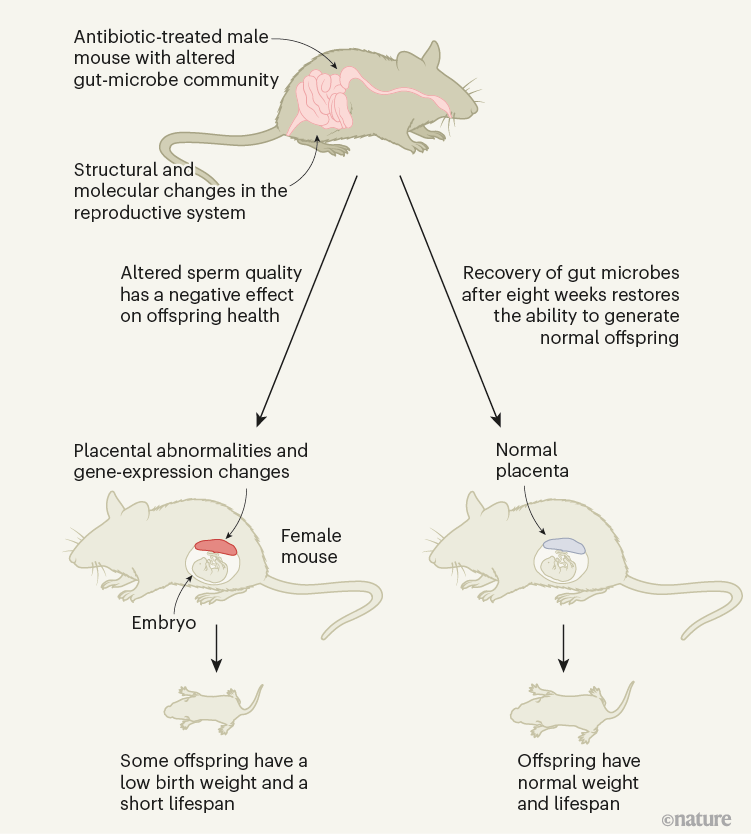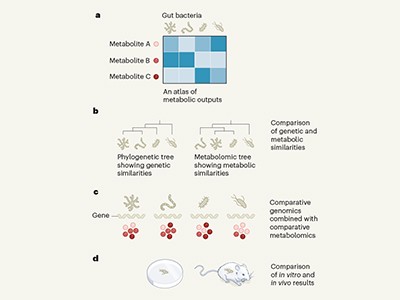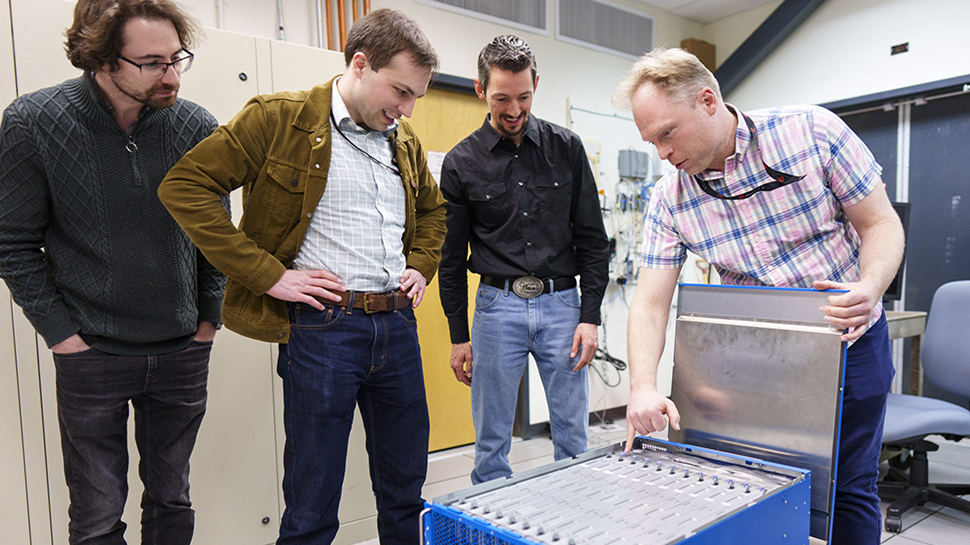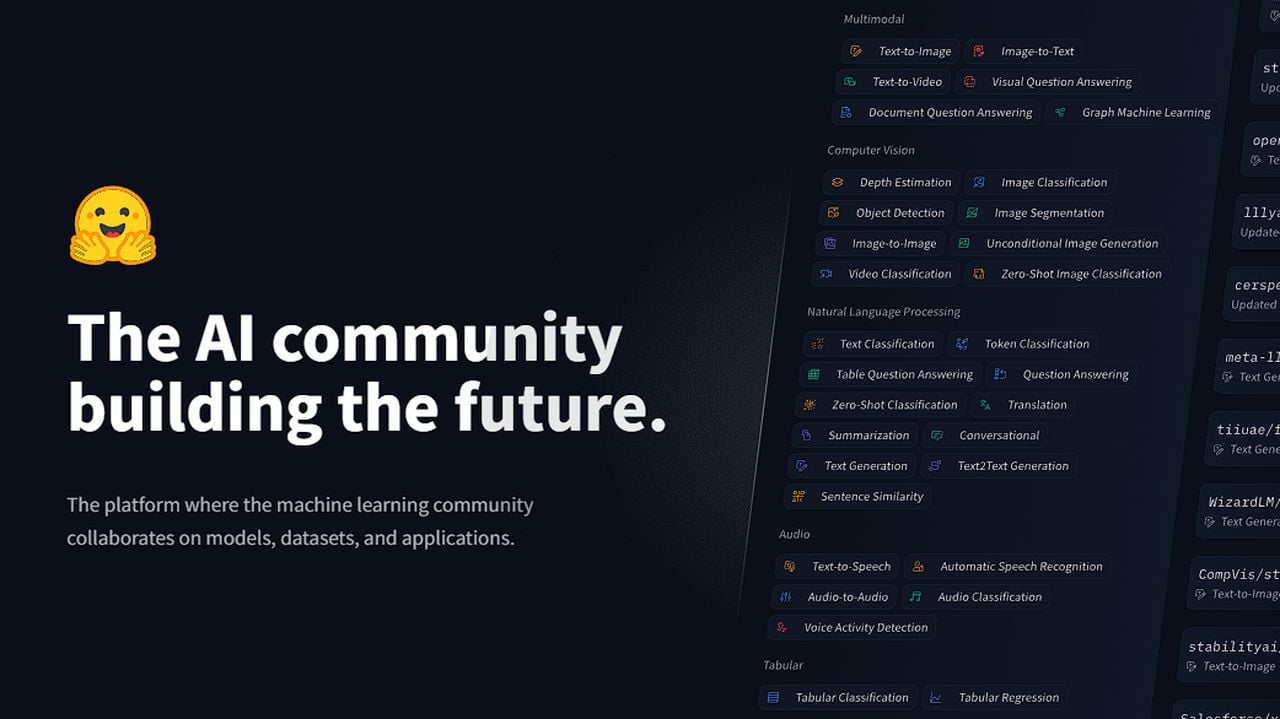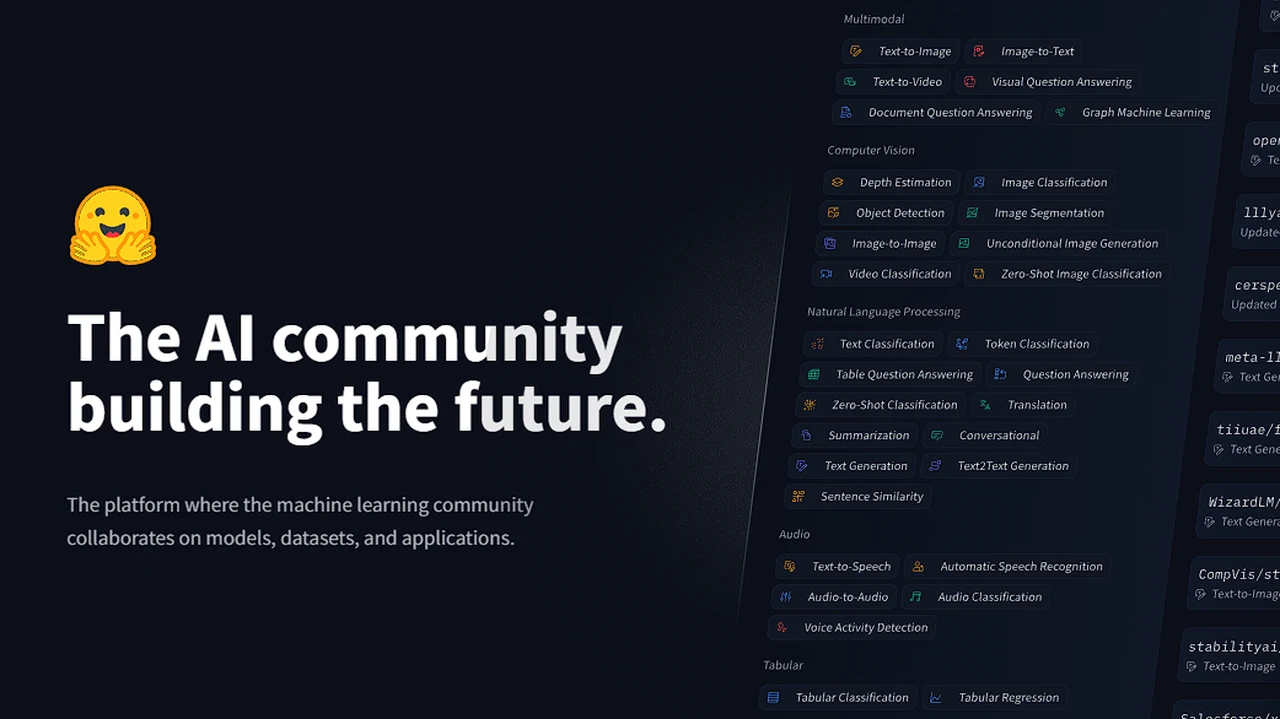[ad_1]
Virtual desktop infrastructure (VDI) is a technology that enables businesses to use virtual machines instead of being confined to a physical workstation. The virtual machines are hosted and managed in a data center, while the users can access them remotely from their workplace.
VDI environments are hosted on a centralized server with substantial processing power. Virtual desktop images are delivered over the Internet to an endpoint device, allowing users to interact with the operating system as if they were using the device locally.
Companies use VDIs because of their flexibility and scalability. With VDI, employees can access their work desktops and applications remotely via any device. This allows people to work from anywhere instead of being confined to a physical location to access the computing power required for their corporate tasks.
How Does VDI Work?
To enable VDI, a hypervisor software segments a centralized server into different virtual machines that users can access remotely from their devices.
Let’s see a fitting example:
Company A has 100 programmers who each need sophisticated PCs to perform their work. The company has two options; buy individual PCs and send them to each programmer or use a centralized server and allow each programmer to access virtual machines, i.e., VDI technology.
Company A chooses the VDI option because it is easier to manage one server and allocate virtual machines to each machine than manage 100 individual PCs connected to a single corporate network. The centralized server also requires less maintenance than 100 separate PCs.
Hypervisor software divides the computing resources from the centralized server into individual virtual machines that the programmers can utilize at will. Hence, they have access to sufficient computing power to write and test code effectively. Every programmer connects to their virtual machines via a connection broker, a digital gateway acting as an intermediary between the end user and the centralized server.
Persistent VDI vs. Non-Persistent VDI?
There are two types of VDI: Persistent and Non-persistent.
In Persistent VDI, users have a separate desktop image, allowing them to save changes and permanently install apps. Each user’s virtual machine can have personalized settings, such as passwords, screensavers, and shortcuts.
In Non-Persistent VDI, every user gets a fresh desktop image after logging in, which expires when they log out. Users can not have personalized settings or save files to their desktop images in this VDI type.
Persistent VDI has a 1:1 ratio, while Non-Persistent has a many:1 ratio. The former is used in organizations where employees require a separate desktop image to work effectively. In contrast, the latter is used in companies with large workforces performing repetitive tasks that don’t need a customized desktop for each worker.
VDI Use Cases
Highly-regulated sectors
Companies operating in highly regulated industries like healthcare and defense often adopt VDI technology. They do this because VDI enables them to centralize all data in a secure server and prevent malicious actors from stealing it. This technology enables such companies to easily comply with strict data secrecy regulations.
Task and shift work
VDI is an excellent fit for companies with a large workforce using the same tools to perform repetitive tasks, such as call center agents. There’s no need to issue each worker a separate device when they don’t need to save anything or use customized settings to perform their jobs. Instead, a Non-persistent VDI does the trick, allowing each worker to access a fresh virtual desktop during their shift.
Bring your own device (BYOD)
VDI technology offers an ideal solution to maintain security while allowing employees to use personal devices for work. In this case, employees use their personal devices to access a virtual desktop when it’s time to work. The virtual desktop acts as a separate machine they can’t tamper with because corporate data remains on the centralized server, not the personal devices.

Advantages of VDI
Cost-effectiveness
It’s more cost-effective for a company to operate a centralized server and allocate computing resources to each employee than to maintain separate devices for them. With VDI, employees can access their virtual desktops from older PCs and laptops, reducing the need to frequently spend money on new hardware.
Security
With VDI, your corporate data stays on the server instead of an employee’s end device. This reduces the chances of a rogue employee stealing data or your data being stolen if an employee’s device is compromised by malware.
Easy management
VDI makes it easier for IT teams to manage hardware and software resources. They only need to maintain one server rather than watching over dozens to hundreds of individual PCs. A technician can deploy any software update on the server at a button’s click, and the update automatically reflects on all virtual desktops from that server.
Remote access
With VDI, employees can connect to virtual desktops from any location. They can access all their files and applications with an internet connection, enabling your company to maintain a productive remote workforce.
VDI Drawbacks
VDI technology has some drawbacks, including
Absolute reliance on Internet connectivity
VDI relies solely on internet connectivity. A slow internet network means no VDI connection. This can pose a problem if an employee is temporarily in a position with no online access or a very slow one.
Complex infrastructure
VDI requires complicated infrastructure to work seamlessly. It involves many computing components working flawlessly to allow users to access virtual desktops. Any little mistake can disrupt the whole system and send your IT team into a frenzy.
Additional staffing
You may need to hire additional IT staff because of the complexity of managing large-scale virtual desktop infrastructure. VDI requires regular monitoring and updates, and you need staff to train employees about using virtual machines. Your company may also need outside consultants for the initial VDI setup.
User experience issues
Using VDIs is not as smooth as using a separate PC. Most people struggle to understand virtual machines without sufficient training, which results in a poor user experience and affects their productivity. However, you can counter this drawback by providing your staff with your staff with high-quality training and IT support, helping them get familiar with VDIs in the long run.
VDI vs DaaS
Businesses have two mechanisms for delivering virtual machines to their users: virtual desktop infrastructure (VDI) or desktop as a service (DaaS). But what’s the difference between both technologies?
The difference lies in who owns and operates the desktop infrastructure. In VDI, the company creates and manages the underlying VDI servers, giving it complete control over the server settings.
In DaaS, the third-party provider owns and operates the underlying servers. The business rents the server infrastructure from the operator, meaning it doesn’t always have complete control over the configurations. Here, the company has to make do with what its DaaS provider offers.
The initial setup for a VDI is expensive because the company needs servers and other networking hardware and software to enable them to create virtual machines from the central server. On the other hand, DaaS is more affordable because the company ‘rents’ the server space from a third party that already paid for the initial setup.
VDI and DaaS have their use cases. VDI is preferable for large enterprises that can afford sizeable upfront costs to save money in the long run. DaaS is preferable for small businesses that can’t afford high setup costs and need the flexibility to spin up or dispose of computing resources at will.
In other words, large companies choose VDI as a long-term investment to get complete control of their virtual machines, while small companies choose DaaS as a short-term solution to access needed virtual machines. DaaS is basically VDI delivered as a cloud-based solution.
Implementing VDI at your Organization
Setting up VDI requires considerable planning. These are the best practices to imbibe when setting up this system:
Understand the end-user requirements
The first step is to get a complete picture of what the system’s end users need—it’s often not what the IT department initially thinks. What applications do they need to access? At what time of day do they use computing resources most? How many people need to connect to the centralized server at a time? Do the end users need access to high-end computing power to perform their jobs?
The above questions help you build a rigid VDI for your organization. They tell you whether to choose Persistent or Non-persistent VDI and the type of server to buy. If your staff needs extensive computing power, you’ll need high-end servers to deliver this capability.
High availability
Your VDI doesn’t end at the initial setup – you must ensure that the servers can be accessed whenever needed. Any downtime hinders productivity and costs money, so you want to avoid this as much as possible. Ensure that you have enough servers to meet demand and have redundant hardware to keep up with unusual demand spikes.
Pilot testing
Run a pilot test of your VDI setup before mass deployment. Run a test for a select number of users to see how the system performs – users should provide candid feedback to the IT team so that they can fix any issues.
The pilot test is the best time to look for bugs and weaknesses in the VDI setup. You shouldn’t wait until mass deployment when little bugs can disrupt organizational workflow.
Security
Ensure your VDI has the appropriate cybersecurity solutions to protect it from malicious attacks. Security risks are high when people connect remotely from different devices. Hence, you need these cybersecurity features:
- Multi-factor authentication to prevent unauthorized parties from breaching your VDI.
- Audit logs to monitor who accesses the system and trace the source of any fault.
- Endpoint security software to protect servers from malware and other malicious attacks.
- Application restriction to control what kind of software users can access on their virtual machines.
Continuous monitoring
You must continuously monitor your VDI servers to ensure they perform as expected. Monitoring tools give you deep insights into your servers, letting you know when anyone goes down or needs troubleshooting. The monitoring software sends alerts for any server issue so that you can react swiftly.
It’s also important to upgrade your server resources frequently to keep up with increasing demand. Always add more storage and processing equipment when needed.
Popular VDI Providers
Here are two good examples of VDI/DaaS infrastructure providers:
Azure Virtual Desktop
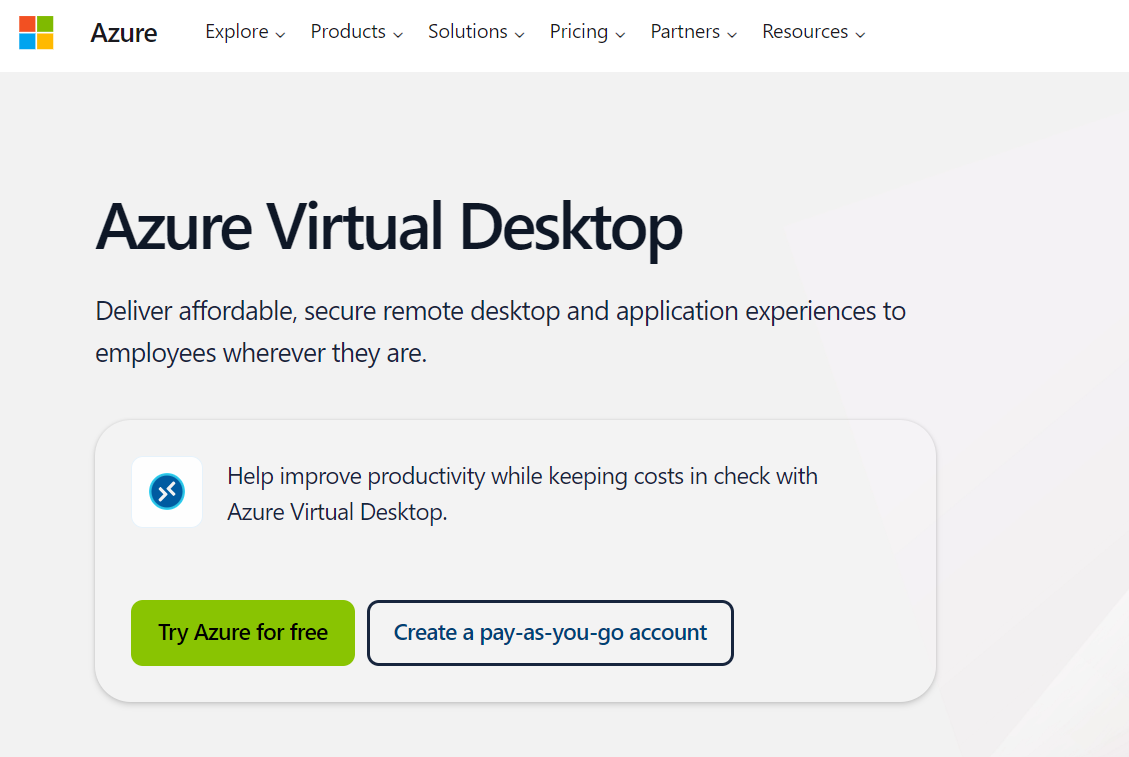
VMAzure is a cloud-based VDI solution offered by Microsoft. With this service, you get access to powerful servers running Windows software. You can create virtual machines running Windows 10 or 11 for your employees, allowing them to work from anywhere like they’d do on a regular PC.
Despite being cloud-based, Azure gives you complete control over your server and virtual machine configurations. You only pay for the computing resources your organization uses, making it a cost-effective solution in the long term.
Microsoft Azure has one of the biggest and most resilient server infrastructures, with 300+ physical data centers worldwide. With Azure Virtual Desktop, you shouldn’t worry about accessing the virtual desktop infrastructure needed to keep your organization productive.
VMware Horizon

VMware pioneered the modern virtual desktop infrastructure system and now offers one of the best solutions in this sector. VMware Horizon is a commercial solution that gives enterprises access to secure, high-performing virtual machines without stress.
With VMware Horizon, you can spin up or dispose of virtual machines at will. VMware’s robust infrastructure ensures that your organization can access the computing resources it needs at any time, with a centralized dashboard to manage the virtual machines. This platform gives deep insight into your VDI stack, allowing you to continuously monitor performance and make adjustments to keep the stack resilient.
Final Words
We have explained the most essential aspects of VDI: how it works, use cases, pros and cons, and best practices for implementing it. A VDI helps your organization access computing resources cost-effectively and securely. Follow our tips, and you’ll likely set up a robust VDI that end users will enjoy.
[ad_2]
Source Article Link



